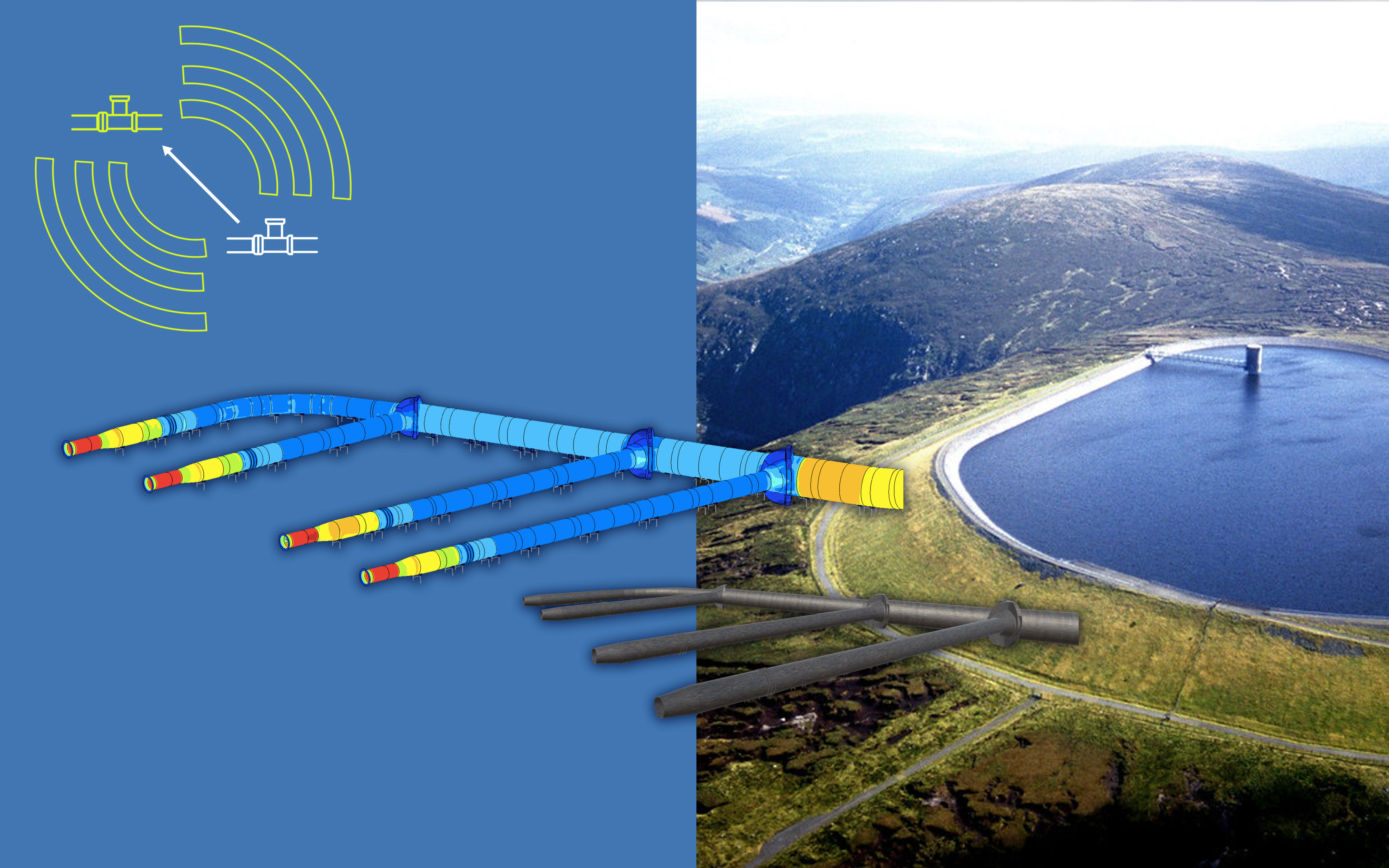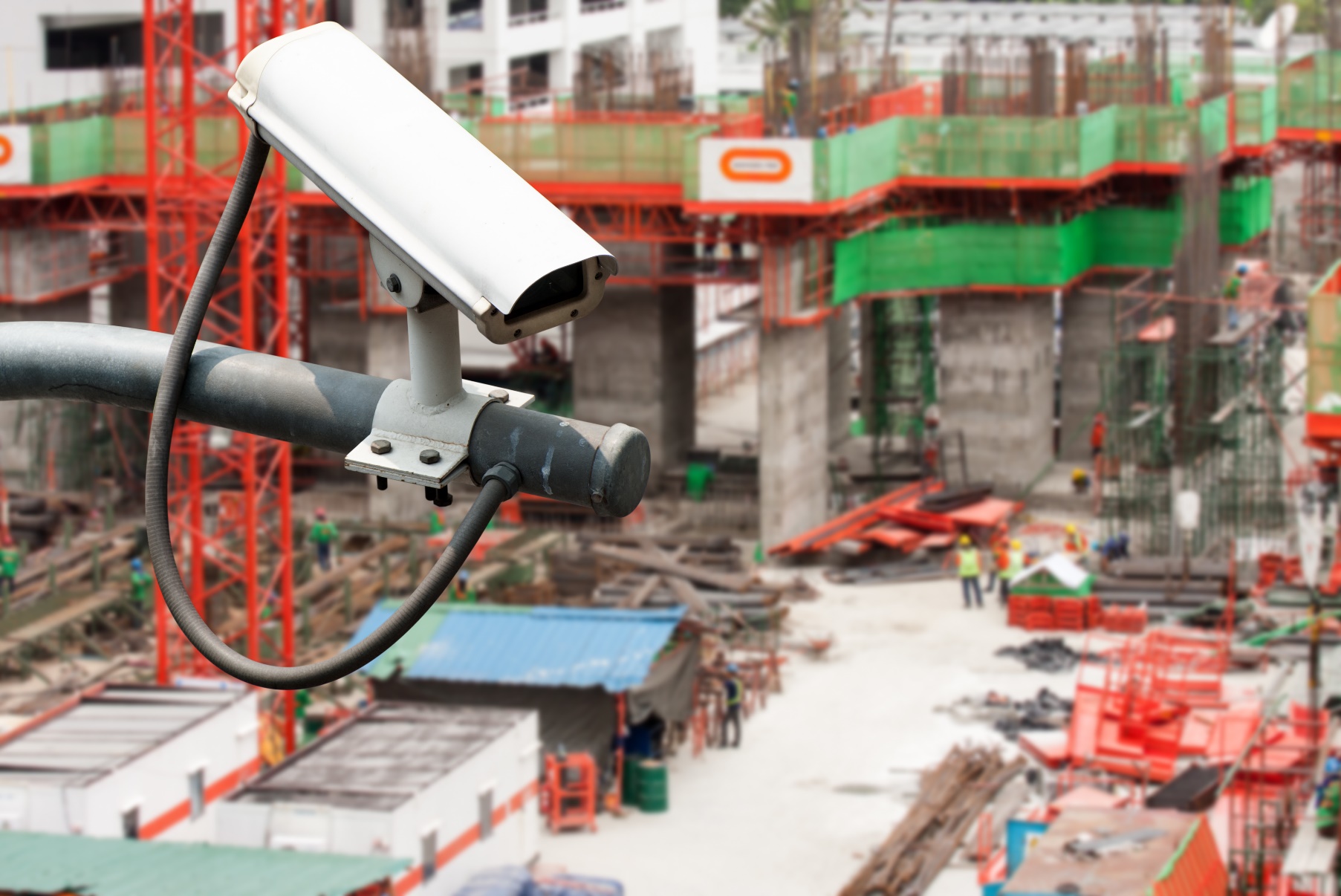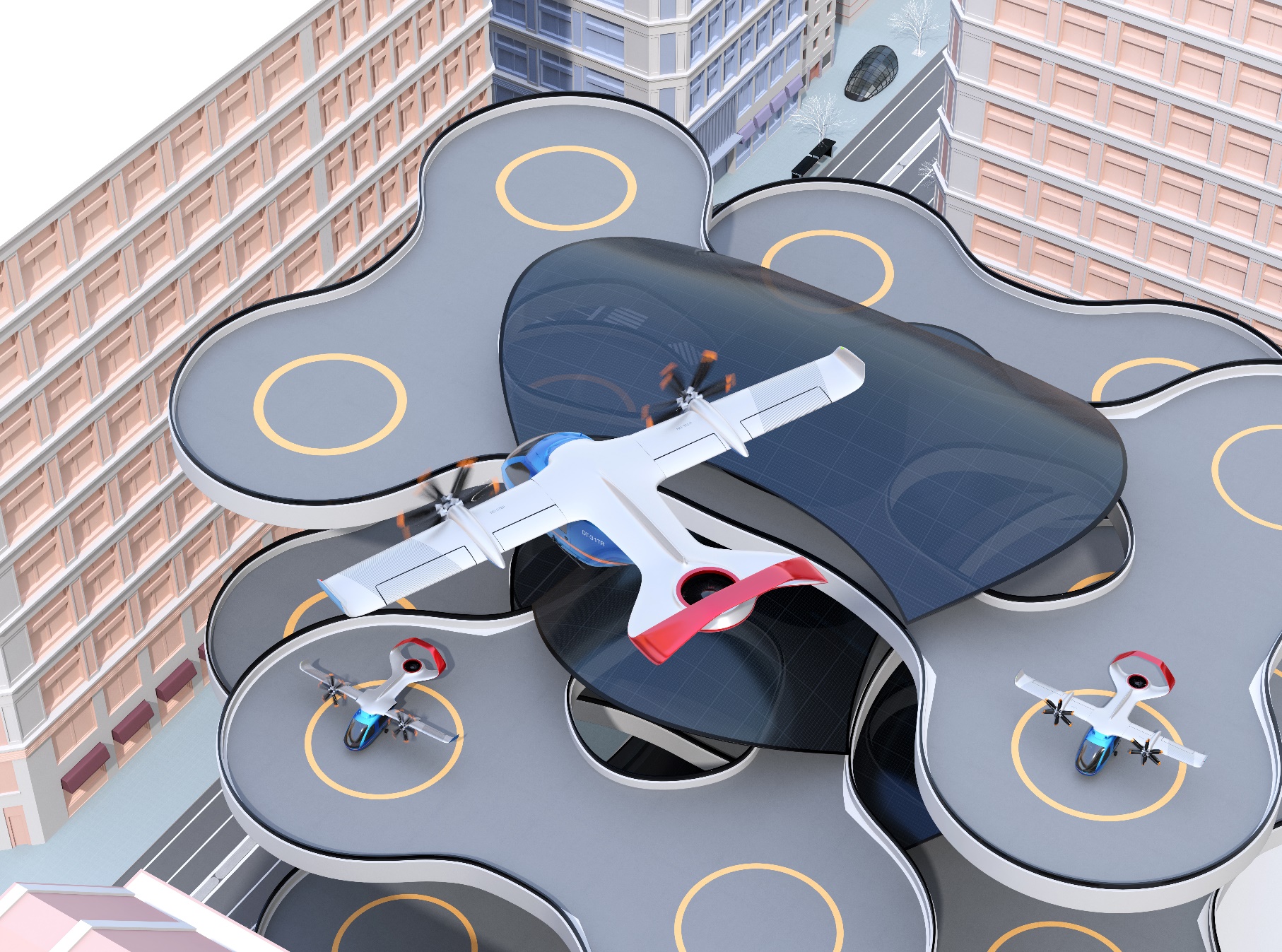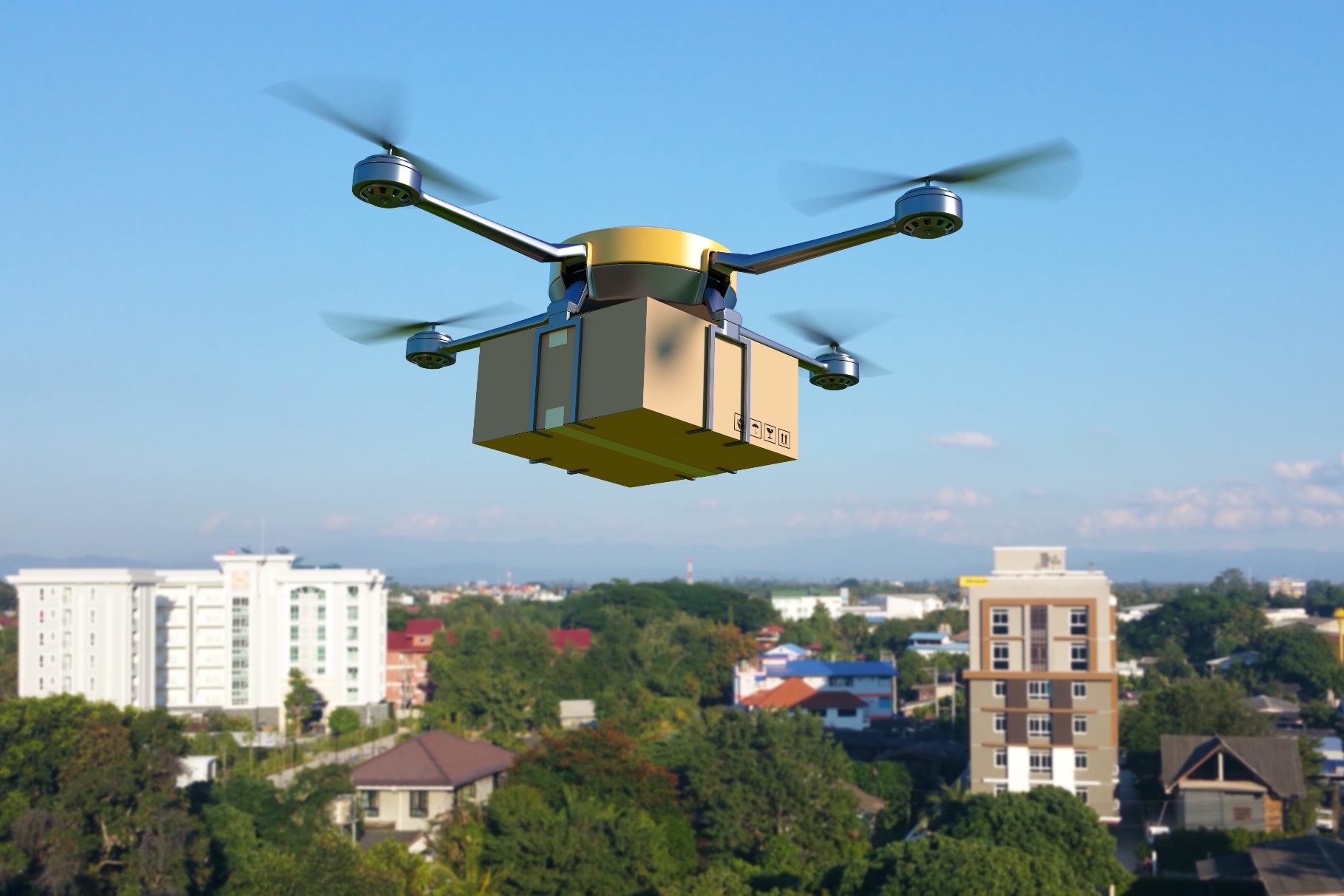672 results found
Featured results



More results
Leveraging asset level data sets with climate models can quantify the climate change risks to water infrastructure, assess adaptation options, and provide economic modelling for smarter investment decisions
A Smart Motorway is a section of a motorway that uses traffic management methods, involving information, communications and control systems incorporated in to and alongside the road, to improve road safety, increase capacity and reduce congestion in particularly busy areas
A Virtual Power Plant (VPP) is a cloud-based system that integrates several types of Distributed Energy Resources (DER) such as wind farms, solar parks, and combined heat and power units, as well as flexible power consumers and storage systems
Artificial Intelligence (AI) based Health and Safety Monitoring solutions rely on the use of AI and technologies to monitoring construction sites
A microgrid is a network of interconnected local generation sources such as solar, hydro and diesel supply electricity to a relatively small number of local users, completely independently of the central electricity grid
Geothermal energy (thermal energy produced by and stored in the earth) produces electricity by using steam to rotate a turbine that activates a generator
Combined sewer systems collect rainfall runoff from hard surfaces (e
Prefabrication and Modular Construction are two processes involved in the construction of buildings and infrastructure
Smart Stations are areas of influence in a city, delivering the accessibility and connectivity aspects of transport strategies: they are unique in terms of role, location, services and use in terms of time and space
“Vertiports” are platforms used by electric aerial vehicles (see also the Unmanned Aerial Vehicle for Passenger Travel use case) for vertical take-off and landing
Covidtech covers a new wave of technologies aimed at detecting, testing for and tracking SARS-CoV-2, the virus causing the Covid-19 pandemic
Passenger Information Holograms (sometimes called Avatars) are the next generation of digital signage, intended to improve the efficiency of providing tailored assistance to customers
This use case focuses on using Artificial Intelligence (AI) technology to optimise water network performance in terms of pressure and water quality
Unmanned Aerial Vehicles (UAVs), sometimes referred to as drones, are aircrafts without an onboard pilot
Water, gas, electricity, and telecommunications services are typically placed underground in urban areas (especially in developed nations), requiring significant capital investment
Many governments are supporting measures to encourage the uptake of Electric Vehicles (EVs) as they can contribute to a wide range of transport policy goals, including improvements in air quality and noise pollution
Internet of Things (IoT) is a term that describes a community of devices connected to the internet, with the ability to transfer and share data and information with each other
The GI Hub is seeking a suitably qualified consultant or consultants to work in partnership with the Global Infrastructure Hub to assist in the delivery of a digital product that showcases innovative models to improve the delivery of infrastructure across G20 countries.

The COVID-19 health crisis has highlighted the chronic underinvestment in social infrastructure around the world. Dr. Georg Inderst discusses Global Infrastructure Hub’s recently released Infrastructure Monitor 2020 report and what can be done to attract more public and private investors to social infrastructure.

Regulatory capital frameworks require banks and insurers to put aside more capital for infrastructure investments than is warranted by their historical credit performance























 Improving Delivery Models Post COVID-19 RFP
Improving Delivery Models Post COVID-19 RFP


